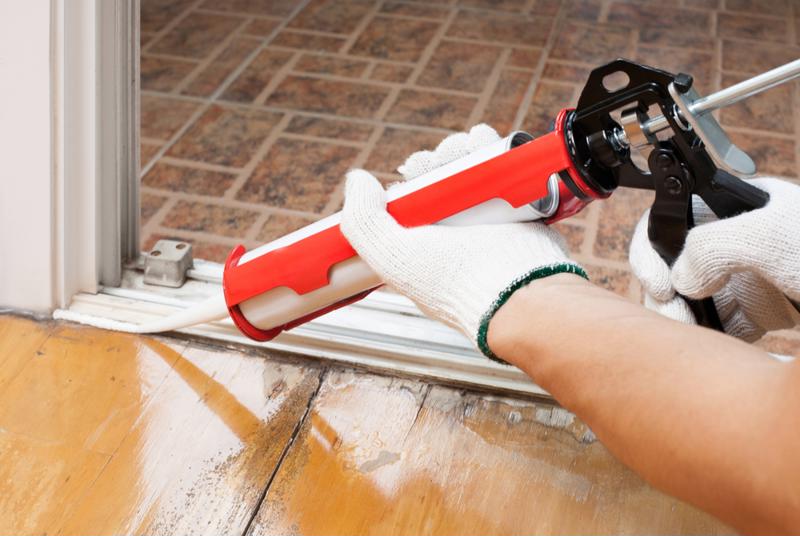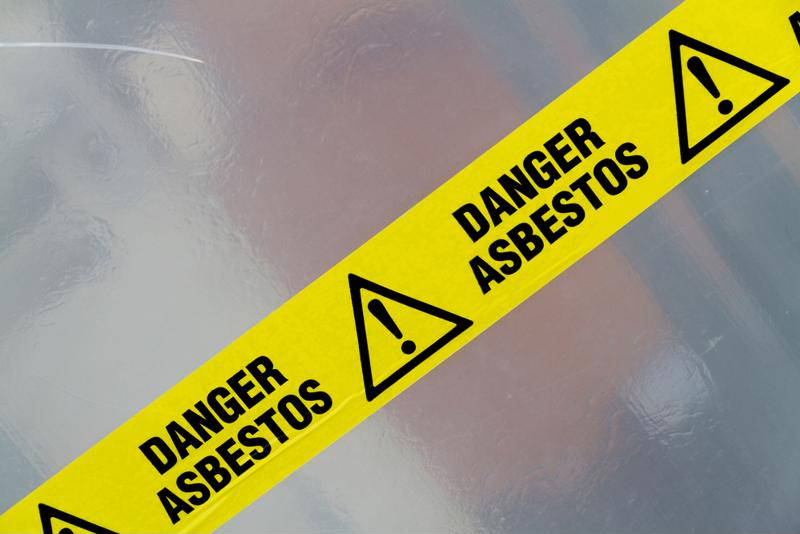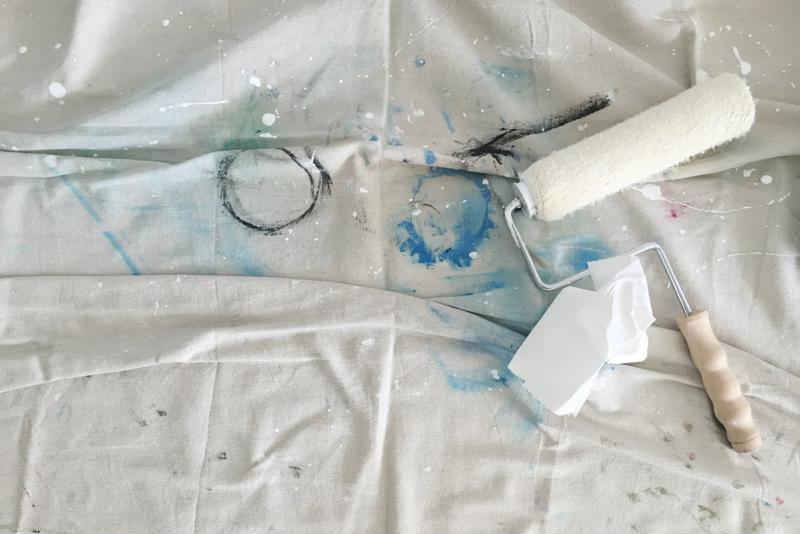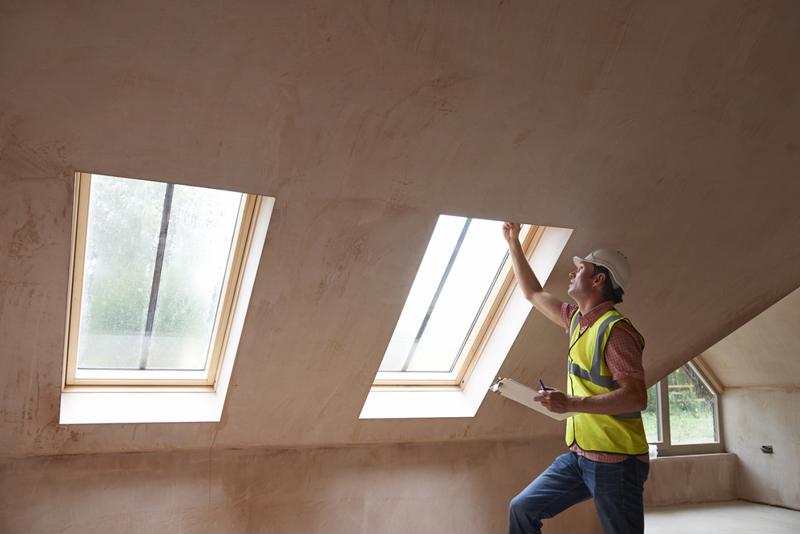Conventional wisdom says that buying a home is best done in the spring and summer. However, there are two more seasons out there – and the colder months can be the perfect time to buy a home as well.
If you're in the market for a house, don't wait for the snow and ice to melt. Instead, check out these three reasons why the fall and winter are the right time to house hunt, and start looking at listings today!
1. Most people search in the spring and summer
One of the biggest reasons why now is the right time to buy a home is the lack of competition. Most people wait until the spring to start looking, and that means there are a lot more buyers and many more bids – driving up costs and increasing the odds you lose out on your dream home. On the contrary, the fall and winter reduce the number of interested buyers, meaning you'll have an easier time bidding.
Furthermore, a lack of competition also means:
- More focused real estate agents: Fewer buyers, fewer clients. Real estate agents will be extra devoted to your cause, and also incredibly motivated to get the deal done, since a lack of buyers is less revenue in their pockets.
- More leverage over sellers: Fewer buyers allow you to really dig in and negotiate hard on sellers. They won't have the luxury of turning away multiple bids knowing there will be other interested parties. That means you could end up with a better deal.
Overall, buyers and sellers are motivated and dedicated to the process in the fall and winter. And that could be really good news for you.

2. Homes are tested this time of year
One con to buying now is that the home has less curb appeal – dead grass, snow and ice all mask the home's visual attractiveness. On the contrary, that same snow, ice and cold weather are serious positives for buyers. The reason is that homes are truly tested this time of year, and all the systems will be hard at work. That includes the heating, the roof, the plumbing and other big-ticket item. It's much better to see problems and costly repairs now, then to buy in the spring and not realize you need a new boiler in January.
Motivated buyers have to keep in mind that sacrificing curb appeal can be a plus, as cold weather can do a number on a home. Of course, bringing in a trusted home inspection professional is also a must, in order to identify any problem areas before closing.
3. You'll have a better understanding of the neighborhood
Finally, your desired city or town is put to the test in the winter. It's easy to keep yards neat and roads maintained in the summer, but once snow and ice show up, you'll see everyone's true colors. For example, your prospective neighbors might do a bad job shoveling in the winter. The city might not plow your potential street well, or traffic could get really backed up nearby. These are problems that may not manifest themselves in the summer, but the colder weather can shed some light on your location.
Other, more minor observations include local kids playing outside or holiday decorations. You never know what features could make a home more – or less – desirable to you. Looking in the winter could help answer many of your questions.
Above all, contact Alban Inspections today if you're in the market for a home, no matter the season.






